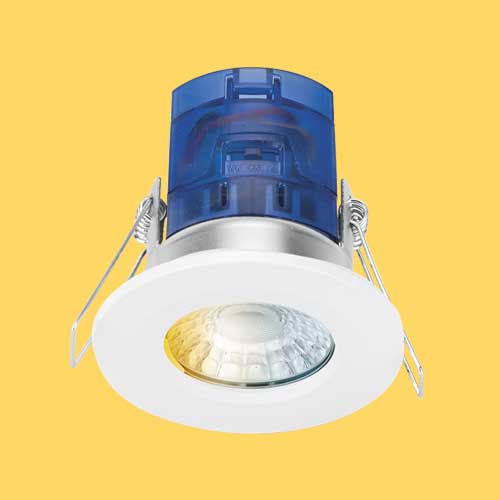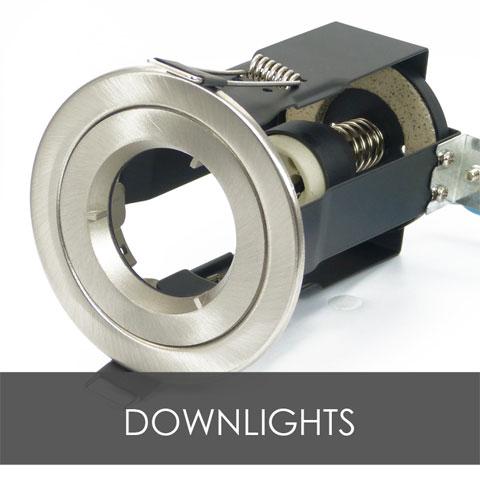What Are Downlights?
Recessed, downward pointing lighting, commonly known as downlights have become increasingly popular over the last few years. As a result, many choices of are available for sale, many of which you will find available on our downlights website. We will take a quick overview at the different types of downlights available, their fixtures and which rooms in your house they're most commonly featured in.

Recessed fitted lights are fitted into a ceiling by cutting a hole and inserting the luminaire into the void. The downlight then sits totally flush within the ceiling void to provide a clean and modern looking light source.
Semi flush is a light fixture which is slightly recessed but has parts that overhang from the ceiling. While a surface mounted fitting wouldn't require you to cut any holes into the ceiling as its mounts onto the ceiling. Light fixtures such as spotlights or LED bulkheads are surface mounted.
Pendant lights are another type of downlight specifically because of the direction the light points in...downwards. You can find them in an array of shapes, sizes, colours and designs, usually decorative pieces which are suitable for use throughout most of the home.
Spotlights are like the surface mounted alternative to downlights and are a popular light fixture particularly in kitchens. They do not take up much space and provide a good level of illumination for a room while looking neat. Not as neat as the recessed downlight alternative though, which sit almost invisibly within the ceiling space.
Downlights give off brilliant bright light distribution and are available in different beam angles which can spread out light further or with tighter, more intense beams. The lighting brightness can be altered for your mood via a dimmer switch. Downlights are very modern option and look great in living rooms, kitchens and bathrooms in particular.
One of the downsides of the recessed downlighting option used to be with energy efficient. Because of their narrow, yet intense light distribution, you need to install many in a room to get sufficient lighting levels (measured in lux). In the days of halogen, it meant scattering multiple 50 watt lights throughout your ceiling which amounts to some strain on your energy bills. But the arrival of LED solved this problem as its around 95% more energy efficient, meaning you can install a 5W LED instead of a 50W halogen.

